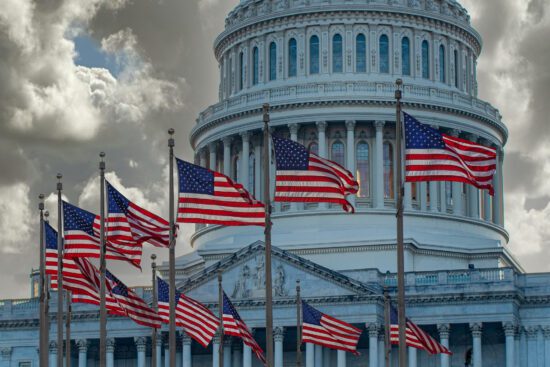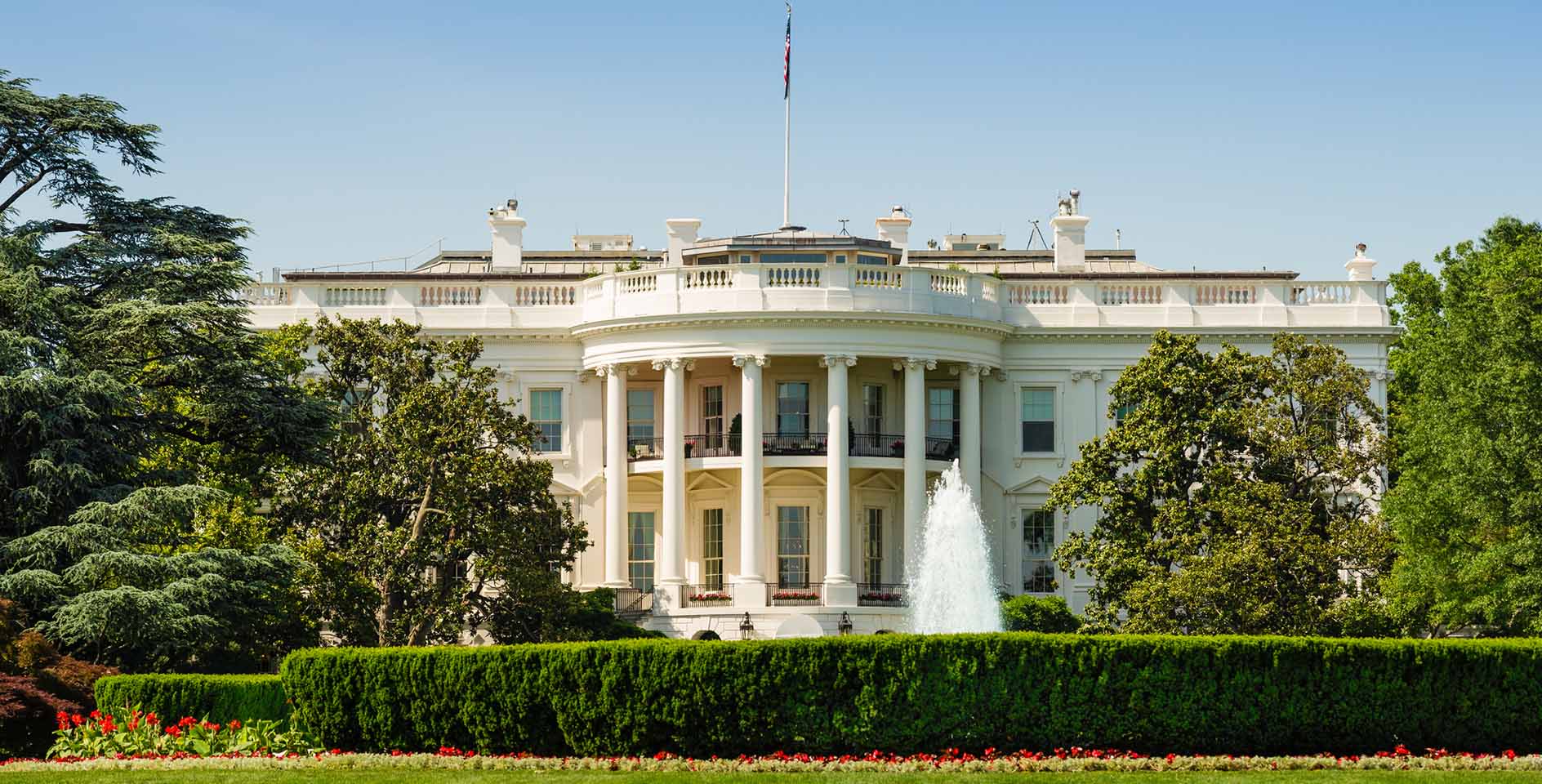The Senate Armed Services Committee included in its version of the annual defense policy bill a provision that would require women to register with the Selective Service System. All 13 Democrats on the committee voted in favor of the provision, as did eight of the 13 Republicans.
Currently, only “male persons” are required to register with Selective Service within 30 days of their 18th birthday. In order for the Selective Service to be authorized to register women, Congress would have to pass the provision or similar legislation amending the current law.
What is the military draft?
A military draft is a form of conscription in which persons are required to serve in a nation’s military. In the United States, the military draft is officially known as the selective service, and is administered by the Selective Service System.
The Selective Service System is an independent agency within the executive branch of the federal government that is responsible for registering potential draftees and administering the conscription process. The director of Selective Service is appointed by the president of the United States, and the agency is separate from the Department of Defense. Congress authorized the creation of the system and outlined its function in the Military Selective Service Act.
When was the draft used?
The draft has been implemented by the federal government in four conflicts: the Civil War; World War I; World War II; and the Cold War (including the Korean and Vietnam Wars). The draft was also used to fill vacancies in the armed forces from 1940 until 1973, both during times of war and times of peace. The last draft call was on Dec. 7, 1972, and the authority to induct expired on June 30, 1973. The date of the last drawing for the lottery was on March 12, 1975, just prior to the end of the Vietnam War.
Registration with the Selective Service System was suspended on April 1, 1975, and registrant processing was suspended on Jan. 27, 1976. Registration was resumed in July 1980.
Why aren’t women required to register for the draft?
When draft registration was reimplemented in 1980, President Jimmy Carter asked that women be included. Congress rejected that proposal, saying, “The principle that women should not intentionally and routinely engage in combat is fundamental, and enjoys wide support among our people.”
The next year, a legal challenge to the law was presented in the case of Rostker v. Goldberg. Writing for the the majority, Supreme Court Justice William Rehnquist wrote:
[t]he existence of the combat restrictions clearly indicates the basis for Congress’ decision to exempt women from registration. The purpose of registration was to prepare for a draft of combat troops. Since women are excluded from combat, Congress concluded that they would not be needed in the event of a draft, and therefore decided not to register them.”
The law was challenged again in 1992, 1994, and 1998, but rejected each time because the exclusion of women from combat roles remained in place. However, the Defense Department lifted all sex-based restrictions on military service in 2016, which removed the primary legal justification for excluding women.
The Supreme Court recently declined to take up a case challenging the constitutionality of the all-male draft, citing their expectation that Congress would soon directly resolve the issue.
Do transgender individuals have to register for the draft?
Self-identification with a particular gender is currently irrelevant to the military draft. Selective Service bases the registration requirement on gender assigned at birth and not on gender identity or on gender reassignment.
For example, transgender men — biological females who identify as male — do not have to register for the draft. In contrast, transgender women — individuals who are born male and identify as female — are still required to register.
Why shouldn’t women be included in the draft?
The primary argument against drafting women is that they should not be forced to serve as combatants since it goes against the creational design of God.
“Throughout history, most men and women—and even children—have recognized the wisdom of not sending our mothers, daughters, and sisters to the battlefield,” notes Joe Carter. “The pattern in the Bible is that when combat is necessary it is men, not women, who bear the responsibility to participate in warfare (Gen. 14:14; Num. 31:3, 21, 49; Deut. 20:5–9,13–14; Josh. 1:14–18, 6:3, 7, 9; 8:3; 10:7; 1 Sam. 16:18; 18:5; 2 Sam. 11:1; 17:8; 23:8–39; Ps. 45:3–5; Song 3:7–8; Isa. 42:13).”
Andrew Walker also notes that military conscription of women makes the thwarting of nature mandatory. “Women are nurturers; not warriors,” says Walker. “That women are delicate, and possess, on average, a smaller frame than men indicate their aptness for less rugged activities, not hand to hand combat. That women cannot comparably handle the physical strain of soldiering isn’t to deny their intrinsic worth and dignity, but to actually esteem it as something different, but equal to a man’s.”
“The Apostle Paul tells his Corinthians listeners to ‘act like men,’” adds Walker, “which assumes that if men are to act like men, there’s a standard for which manliness is measured (1 Corinthians 16:13). This is why in the Bible, the same Bible which provided America with a rich moral ethos, it is considered cowardly, shameful, and embarrassing for men to allow women to engage in a sphere that men are best suited for (Judges 4:9).”









